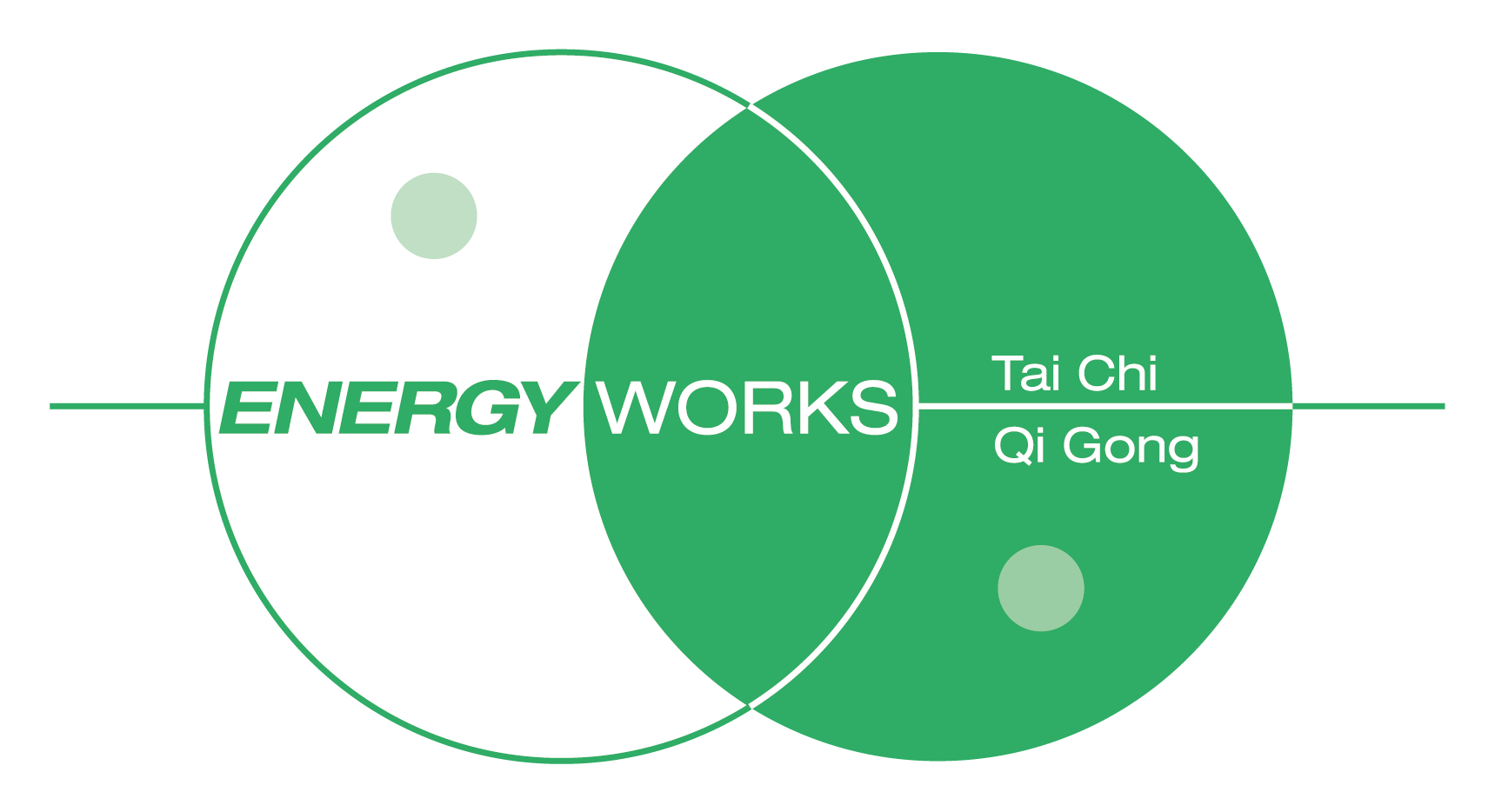New Classes Starting Twice a Year
What are Tai Chi & Qi Gong?
Thoughts on Tai Chi.
When meeting new students, I often start by enquiring about their motivation for attending the classes and what they hope to gain from the experience. Most say they have heard that Tai Chi and Qi Gong are good for your health and fitness and are keen to try it out.
During discussions almost everyone expresses concerns about witnessing their ageing parents facing health challenges and share a desire to do something to avoid a similar fate. But what? After all, beyond simple everyday movement, most regular exercise routines, despite their good intentions are usually hard keep up, and often boring.
The question that arises in most people’s minds is, “what is the minimum amount of effort I need to do to stay healthy and mobile for as long as possible?”
The answer, of course, is Tai Chi and Qigong. Why? Well, these practices are simply the most efficient exercise systems for addressing the long-term health of your body as you get older. There are records of these practices being hundreds of years old, some say thousands of years old, and new generations only keep doing these movements for one reason, and one reason only, and that is that it works!
In my teaching experience spanning over 20 years, I’ve found that mastering the moving forms of Tai Chi can be quite challenging for most people. Many tend to abandon the practice before reaping its full benefits, so consequently, I’ve shifted my approach to primarily teaching Qigong to new students. A well-structured Qigong regimen can yield 70 to 80 percent of Tai Chi’s advantages in a fraction of the time and with significantly less difficulty. Students experience faster progress and quicker benefits, ultimately integrating this practice seamlessly into their daily routines, making their bodies better balanced and more comfortable places to dwell.
I have constructed a core Qigong set of practices which work with the key fundamental components of Tai Chi and Nei Gong, and which bring a clear improvement in long-term health. Importantly, this starts with the physical body. As a bit of background, many Qigong sets work with and focus on the energy systems, breathing and the imagery, and whilst it’s true this gives a quick feeling of relaxation, a reduction in stress, and reported anxiety, this doesn’t tend to embed itself long-term. It’s more a short-term tool reached for and not a long-term integrated change in the body and mind.
This course works through a focus on body movements, and this develops a student’s physical body making a lasting change integrating with the mind-energy practices, facilitating a more profound and lasting integration, enabling crucial teachings to embed and induce permanent transformation.
Our weekly classes build Tai Chi and Qi Gong practices where your body begins to release its habitual tension and connect-up in new more natural ways. This allows your body’s inherent wisdom to come to the forefront and guide you in developing a more comfortable body. This of course takes time, and you will need the correct instruction and guidance, which we will provide and most importantly, guess what? – yes, a regular practice routine.
Establishing a regular practice routine is the most important step to improve your long-term health. Why? Because that is the most important first foundation step you need to take. The material we teach has such a good pedigree that it will do its magic as long as you turn up each week and do your best.
It’s often said to new students that in practicing Tai Chi or Qi Gong “you will have a noticeably different body in a year’s time” — in a good way of course!
